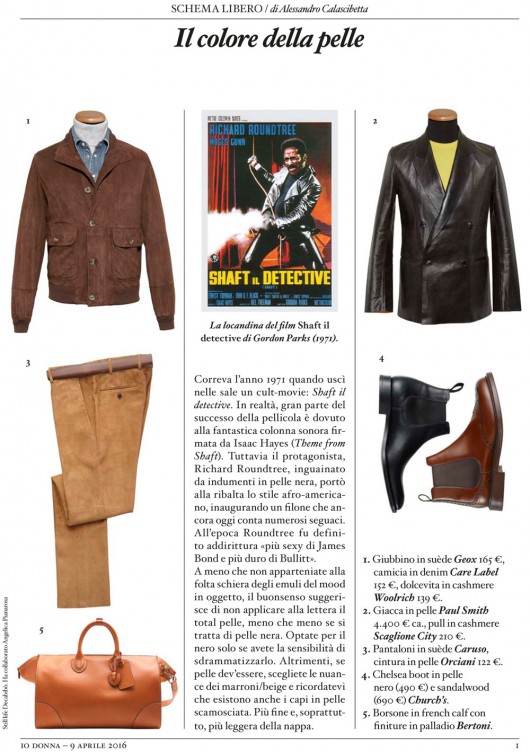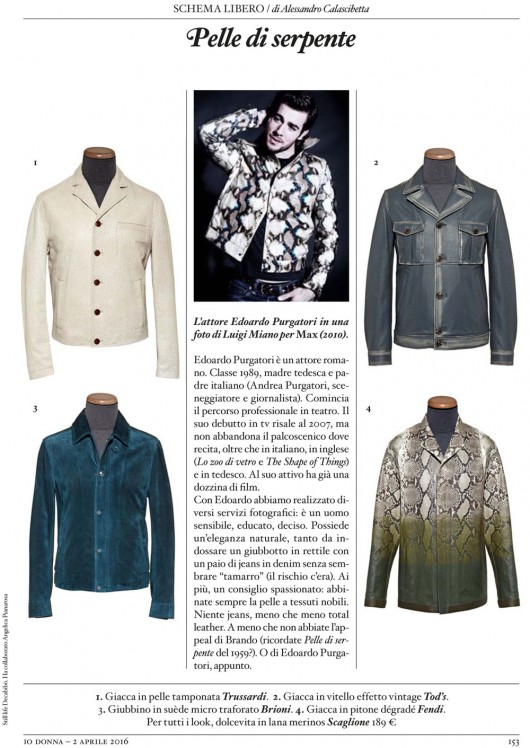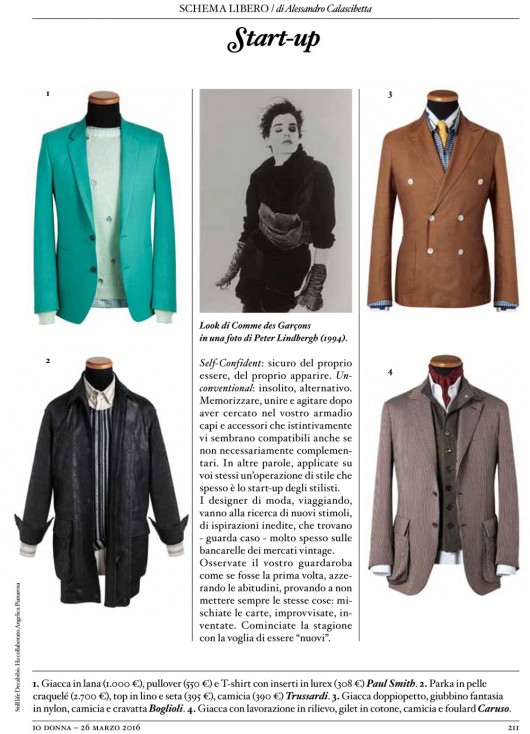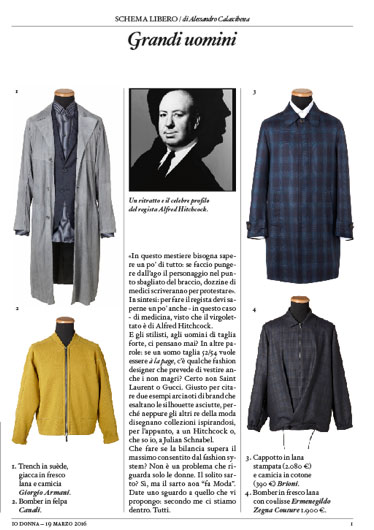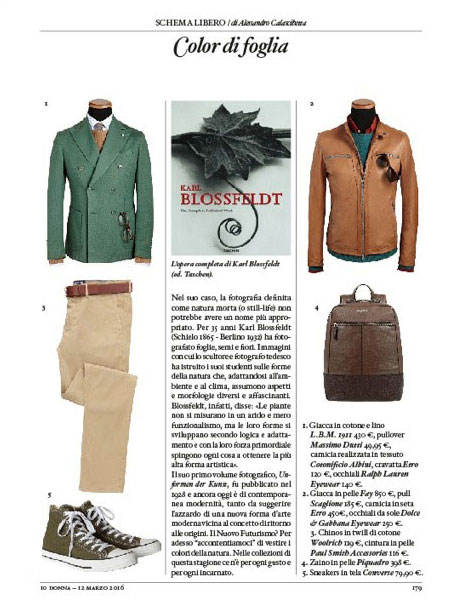IO DONNA SCHEMA LIBERO IL COLORE DELLA PELLE
The colour of leather. It was 1971 when a cult-movie came out in cinemas: Shaft. Actually, the main part of this movie’s success is due to its fantastic soundtrack composed by Isaac Hayes (Theme from Shaft). But the protagonist, Richard Roundtree, sheathed in black leather clothes, brought to international fame the afro-american style, inaugurating a current that has lots of addicted still today. Roundtree was even described as “sexier than James Bond and tougher than Bullitt”. If you don’t belong to the large group of the imitators of this mood, the common sense suggests to avoid the total look made of black leather. Opt for black only if you’re able to downplay it. Otherwise, if it has to be leather, choose the shades of brown/beige and remember that there are garments made of suede. That’s finer and lighter than leather. The poster of the movie Shaft by Gordon Parks (1971).





